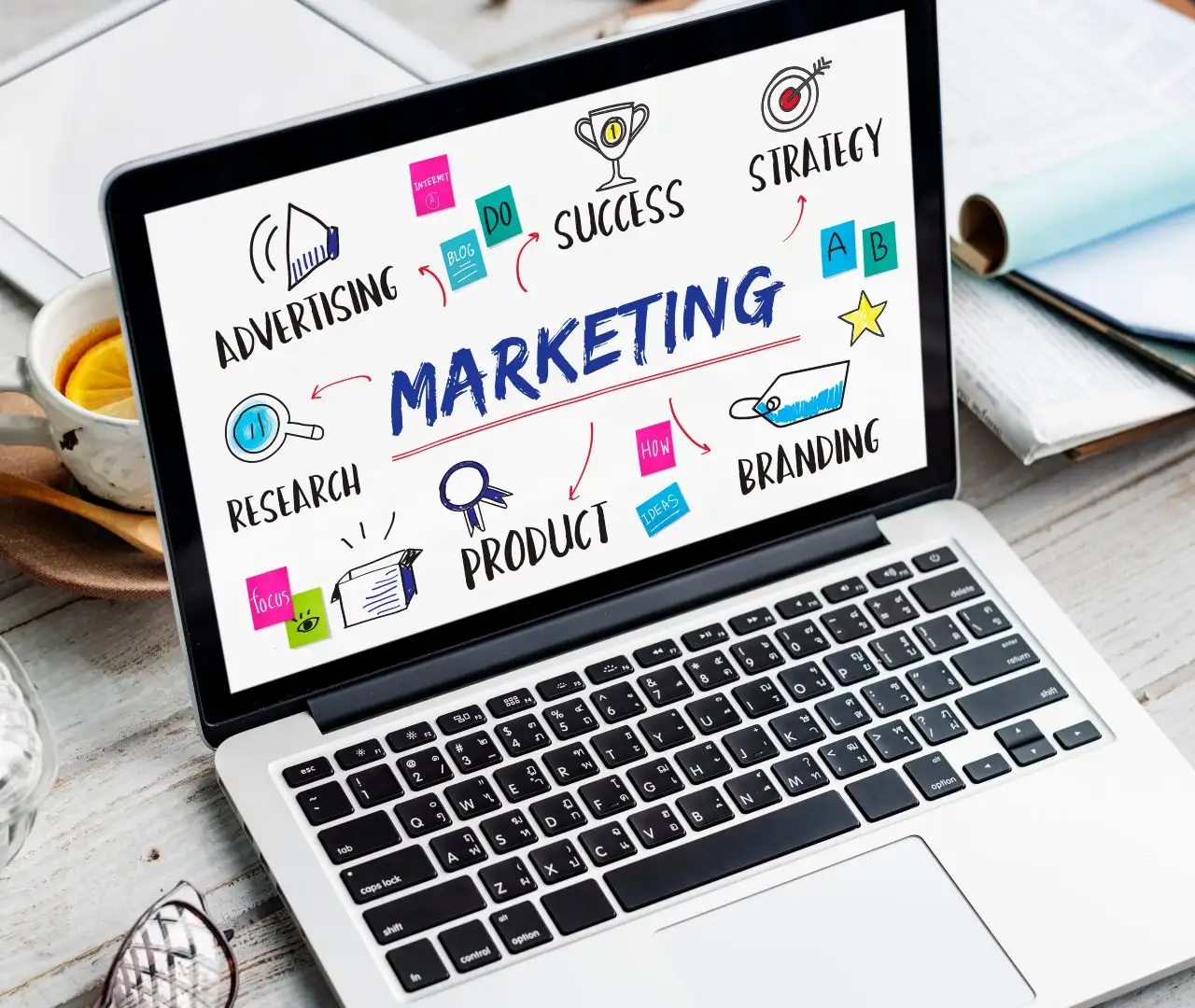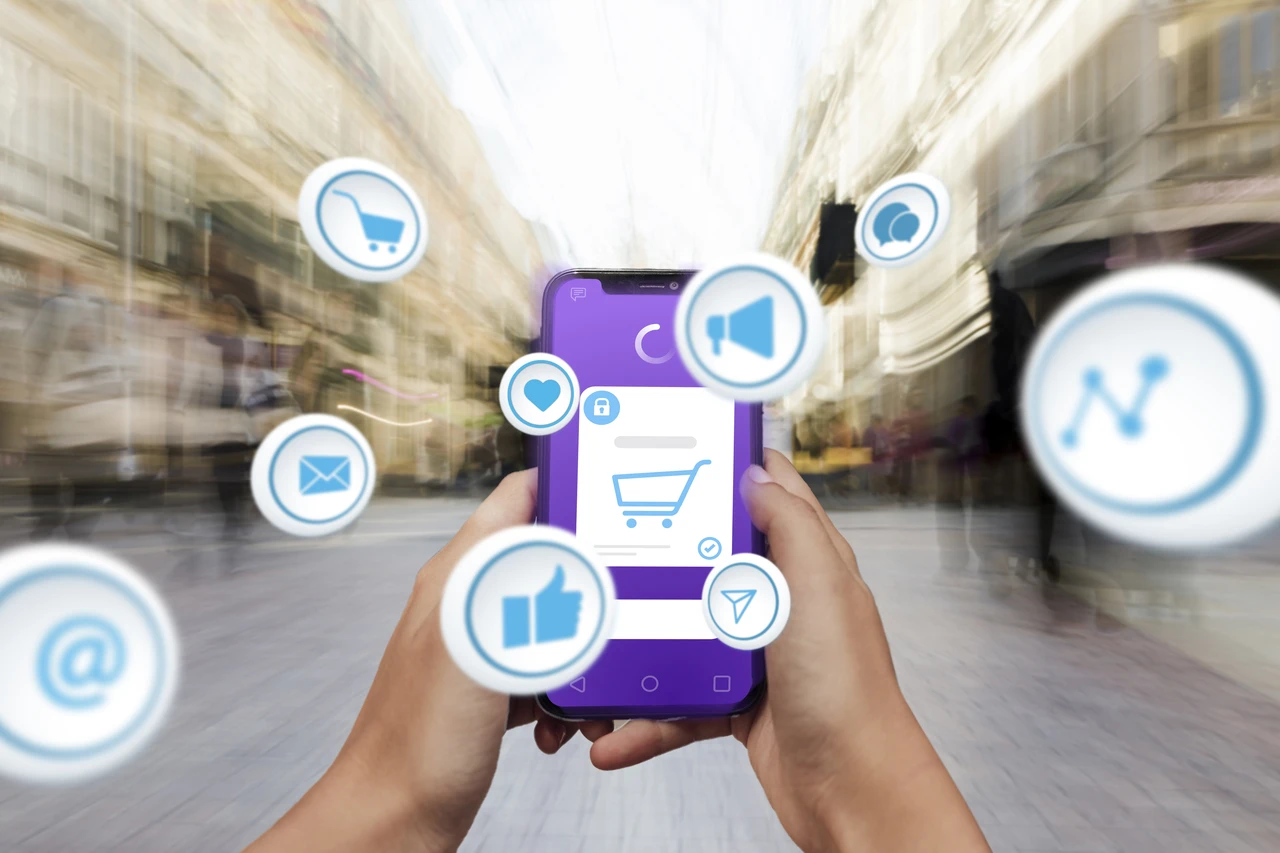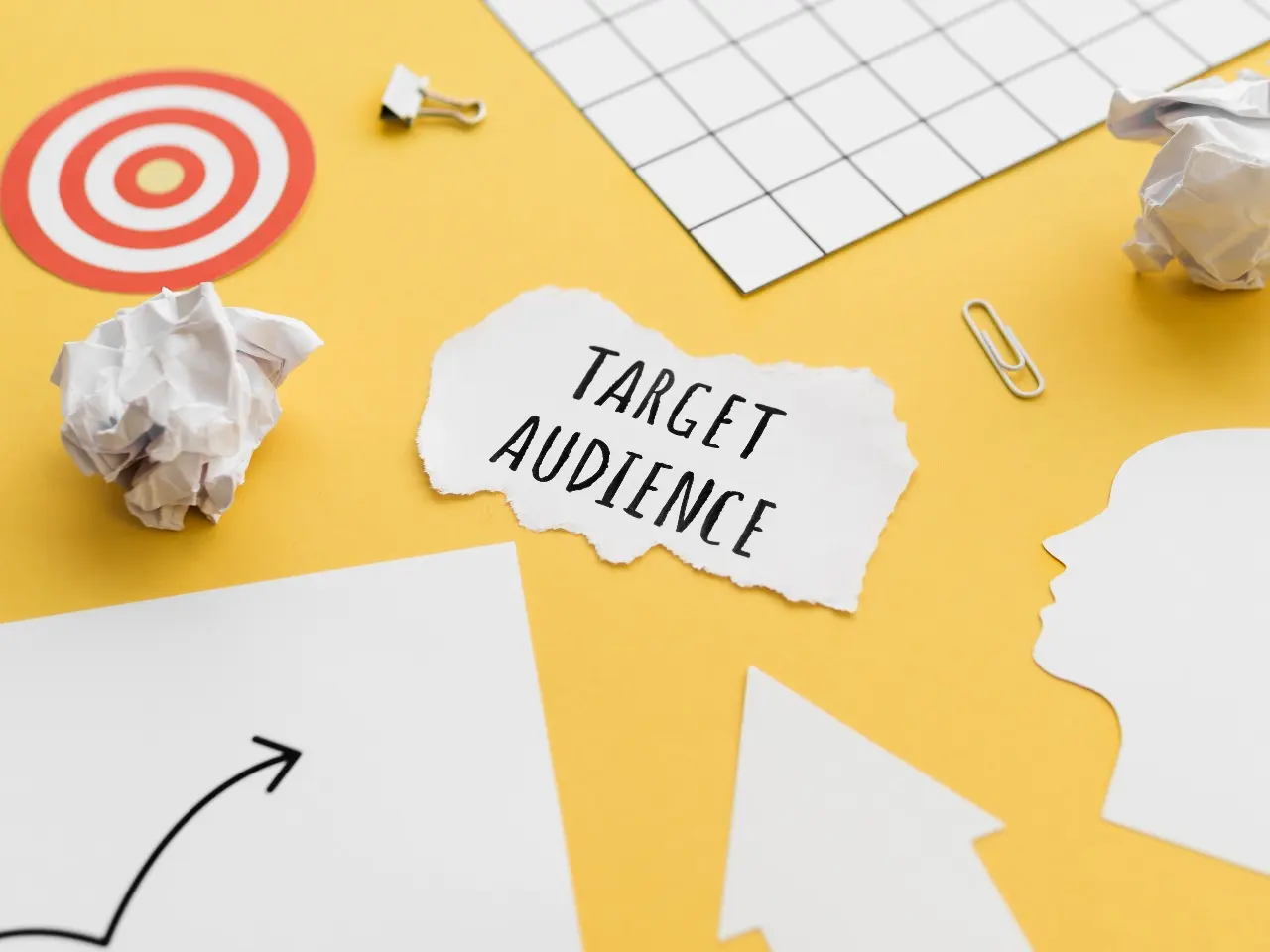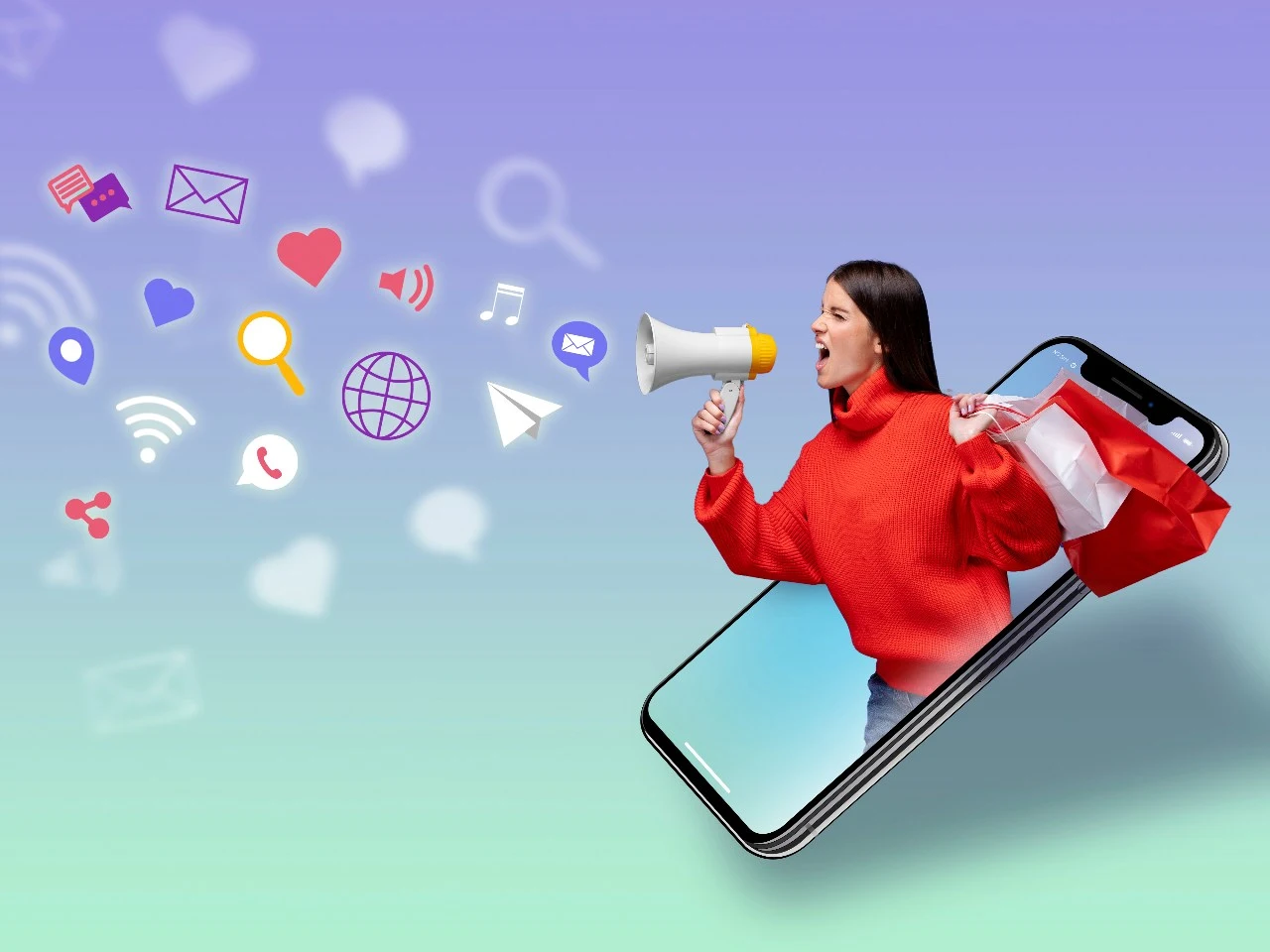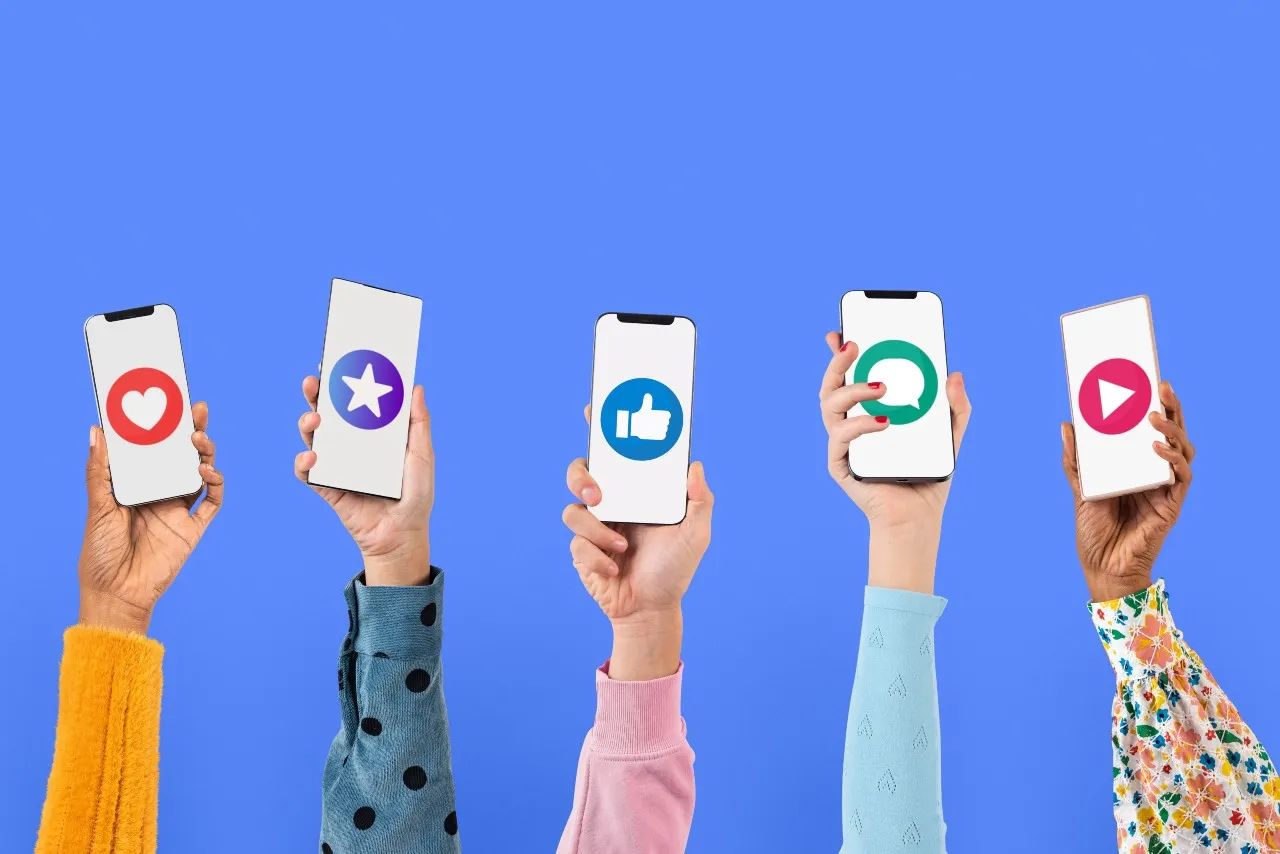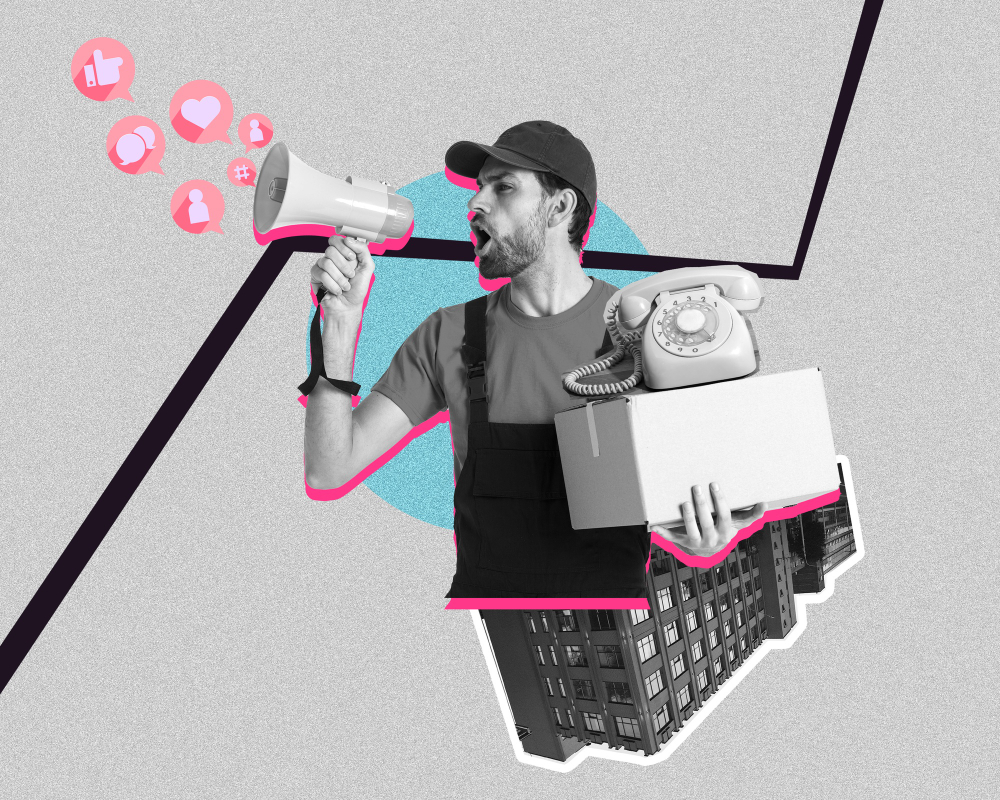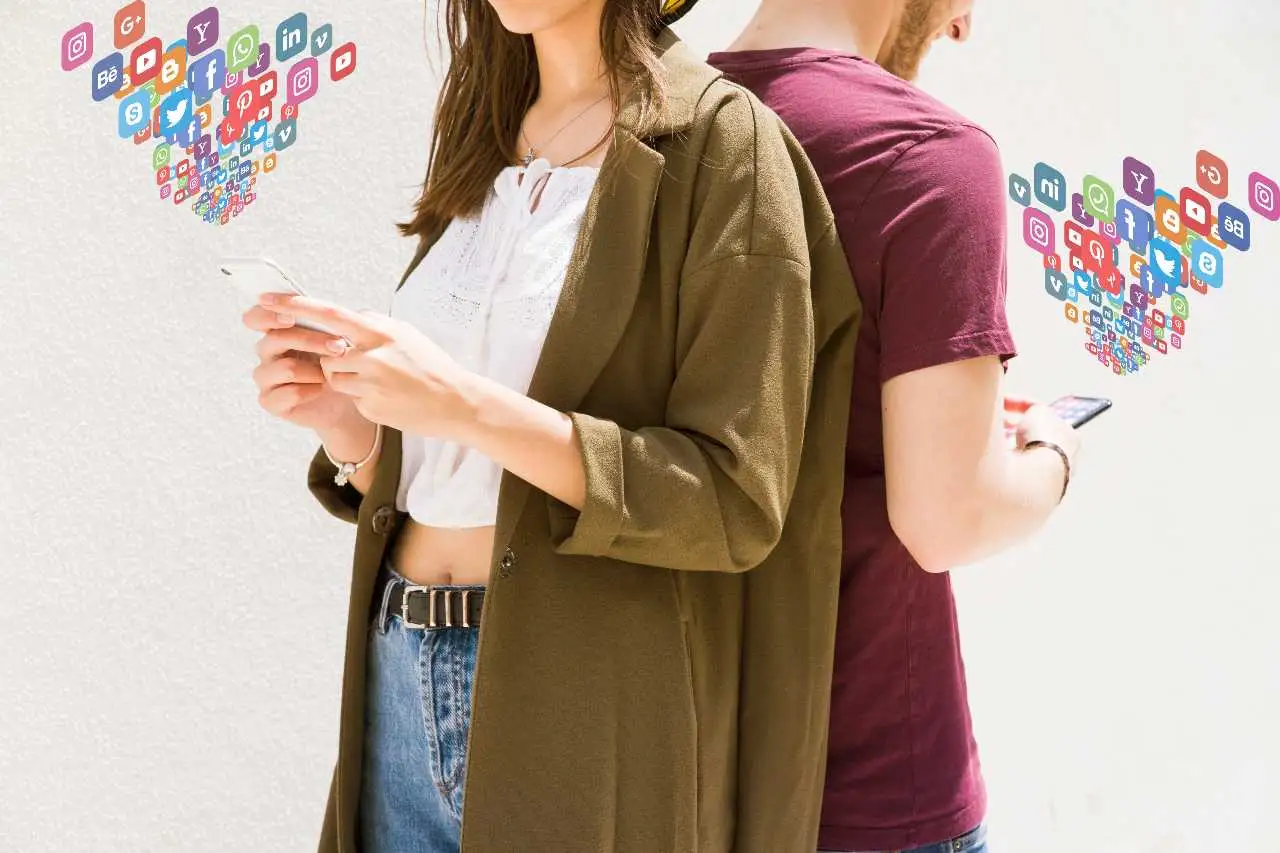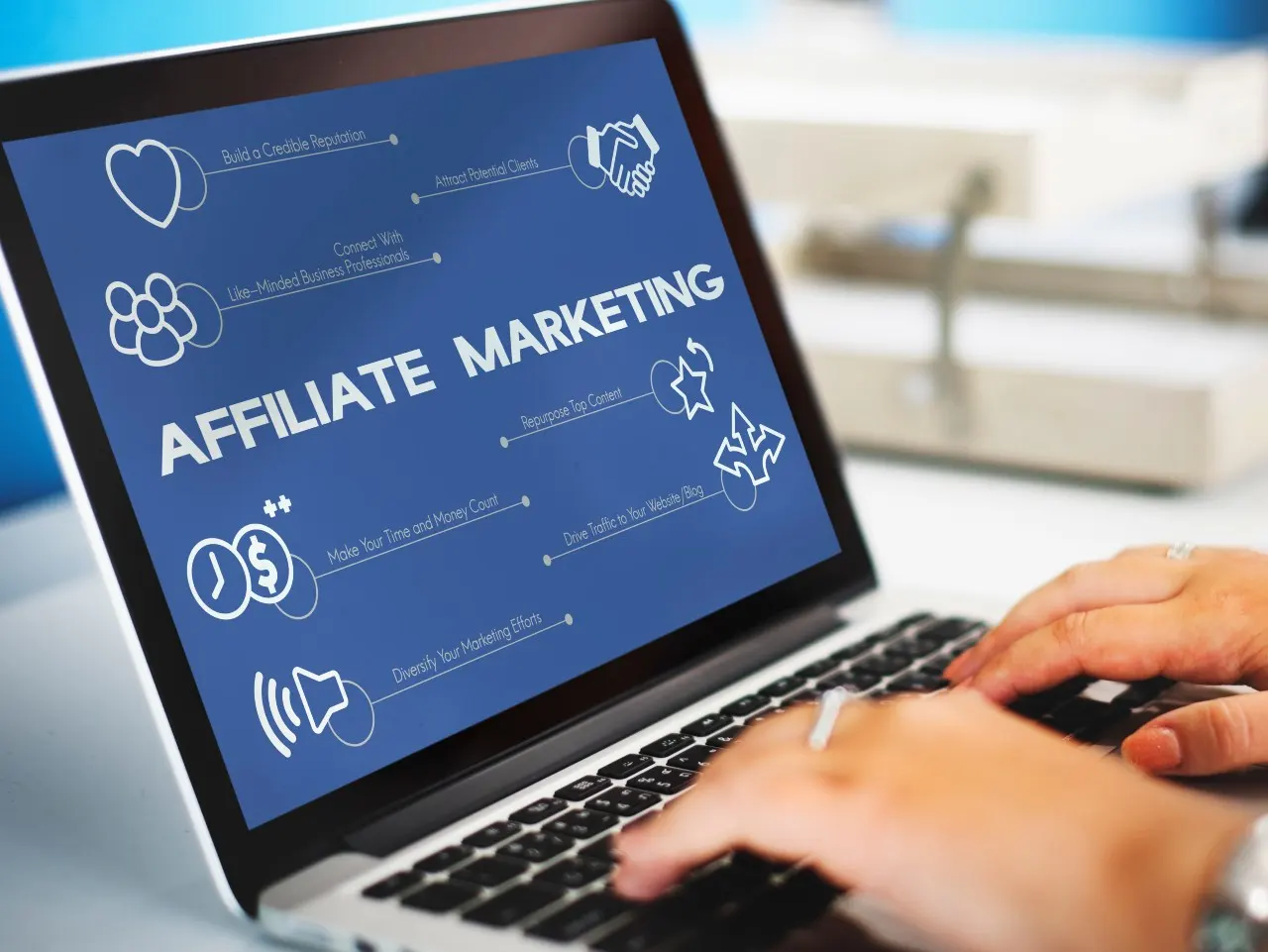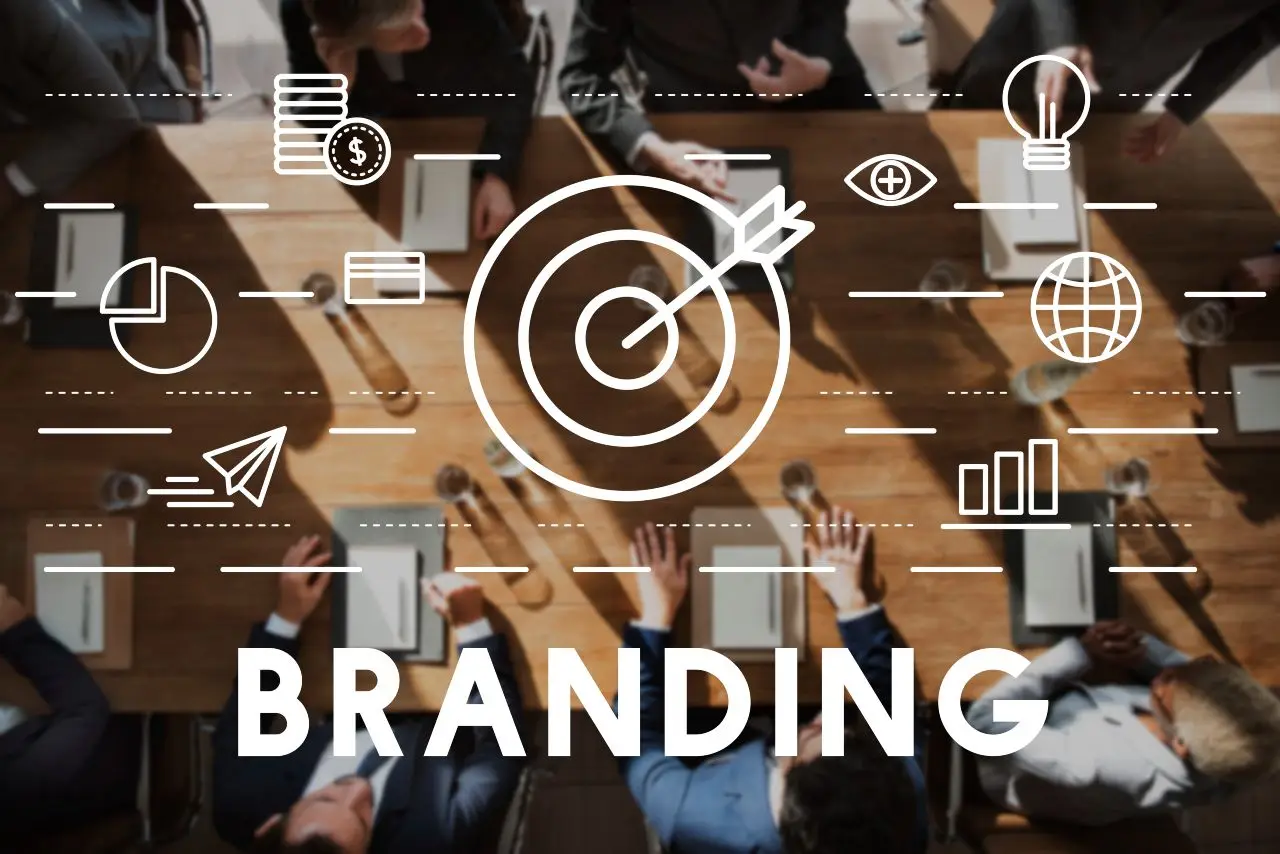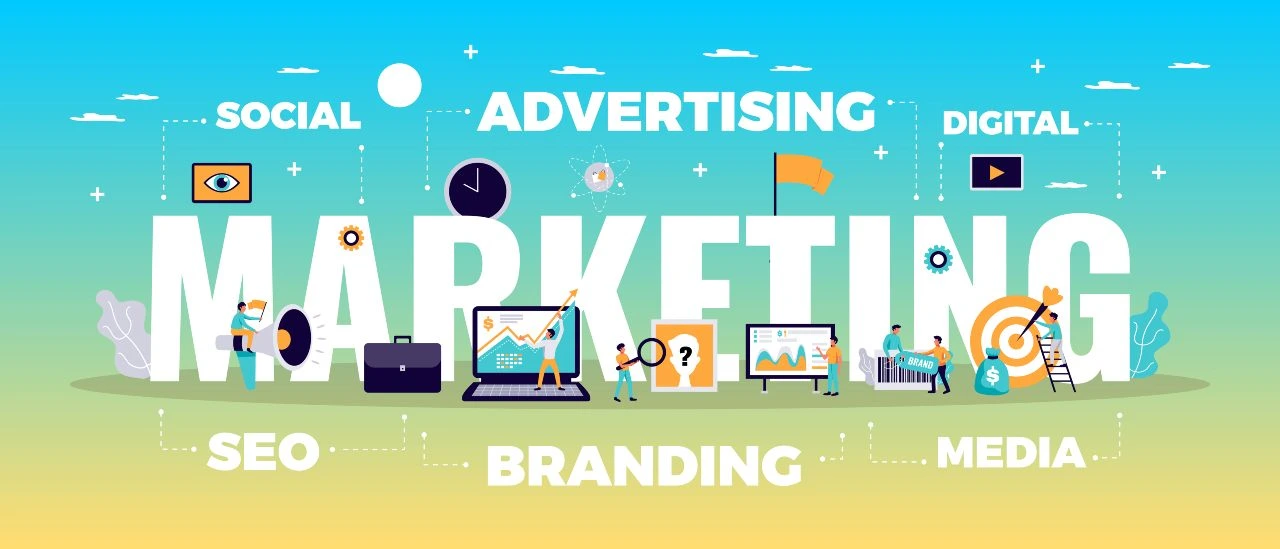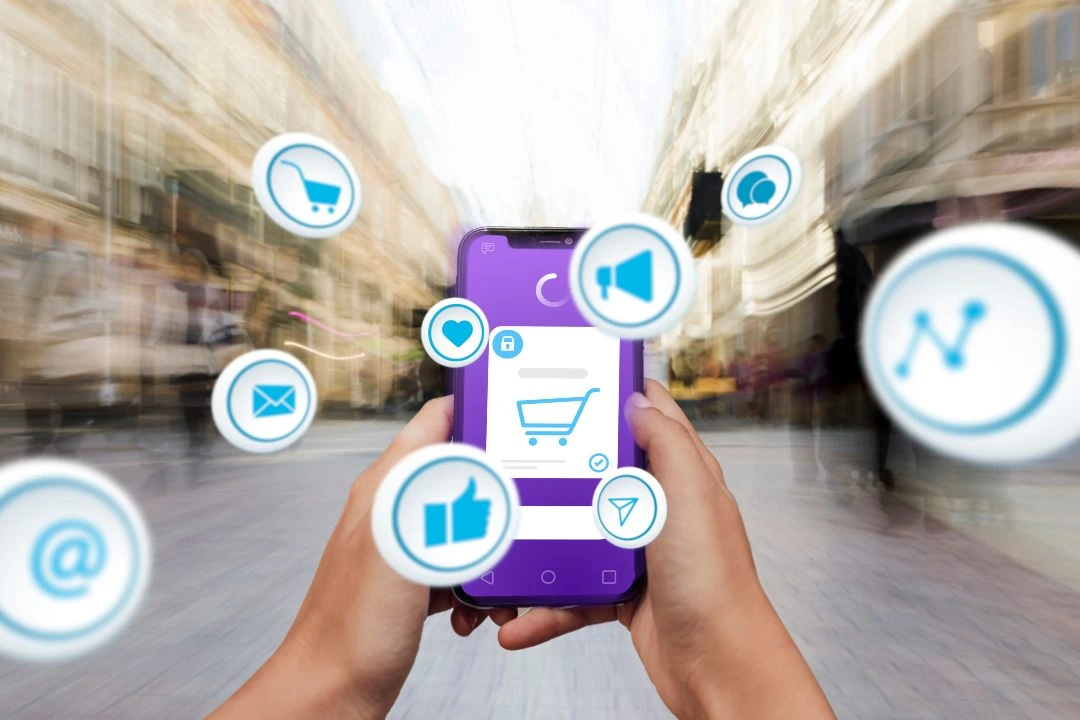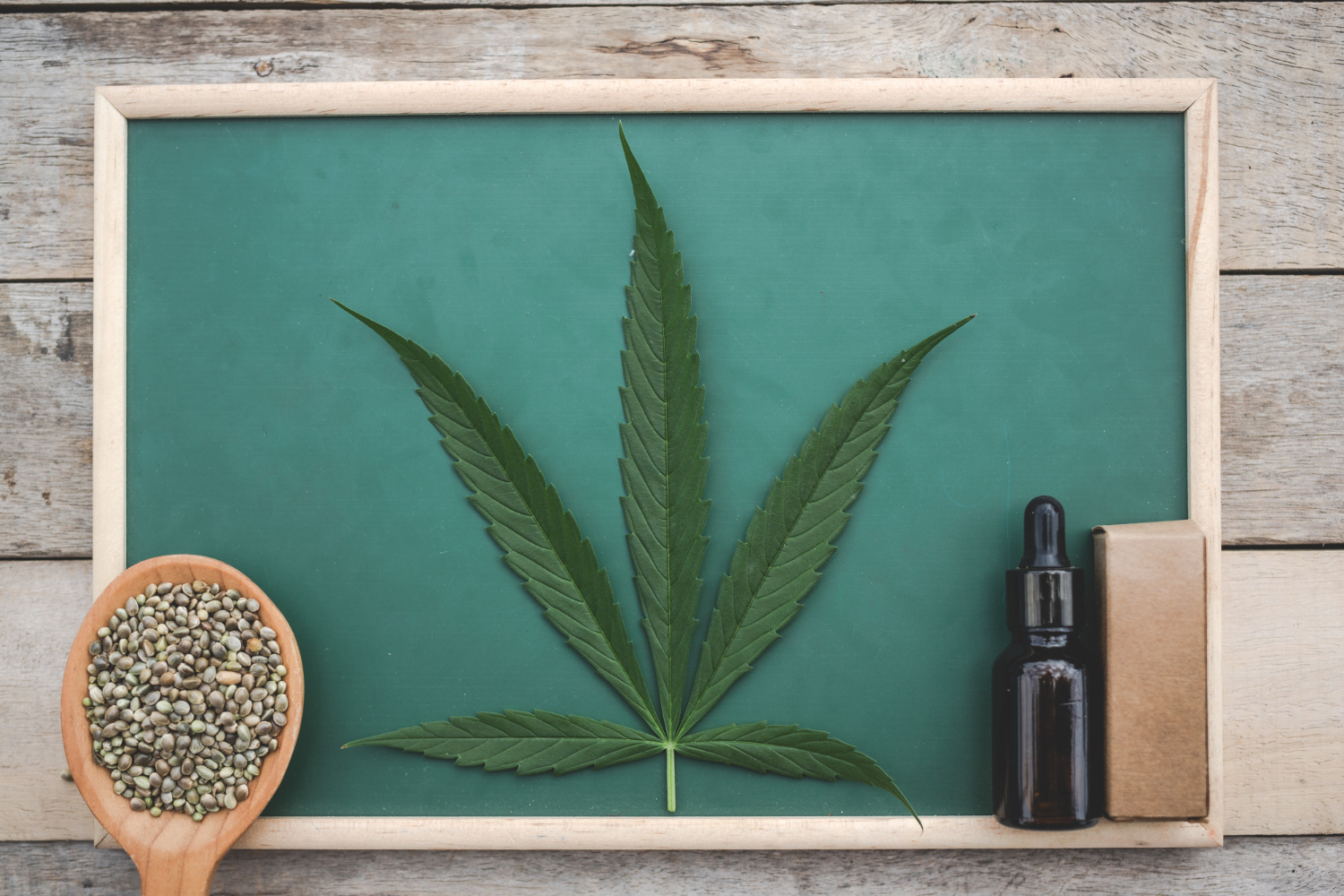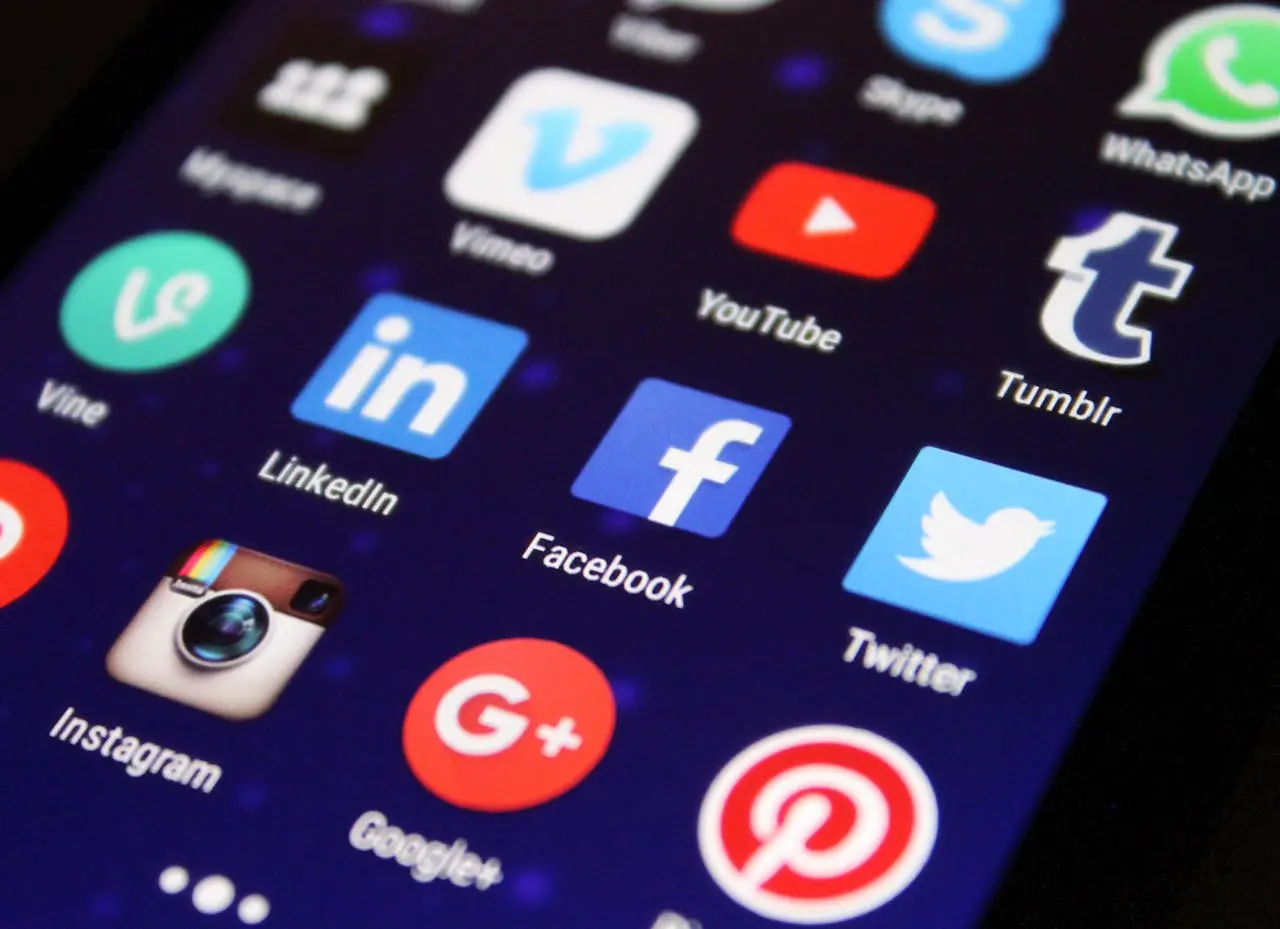From AI-powered advertising to the immersive experiences of augmented reality, the latest marketing and advertising trends offer both challenges and opportunities. Are you ready to unlock the essential takeaways that will define success in the months and years ahead?
This article dives into the most impactful trends transforming the marketing landscape, offering insights and practical tips to help you stay competitive and drive meaningful results.
Voice Search Optimization Is Reshaping SEO and Ad Strategies
As smart speakers and voice assistants like Siri, Alexa, and Google Assistant continue to dominate households and mobile devices, voice search has become a defining trend in marketing and advertising. Consumers are shifting from typing to speaking, changing not only how they search but how they expect brands to respond. This trend is pushing marketers to rethink content strategy, SEO, and even the tone of advertising to meet the growing demand for conversational, intent-driven engagement.
- Businesses optimizing for voice search see increased local visibility, especially with “near me” searches. Source
- Conversational keywords and natural language queries are becoming central to SEO strategy in 2025. Source
- Brands using voice-optimized ads report higher engagement on platforms like Spotify and Amazon Echo. Source
Key Takeaway: Optimize for Conversations, Not Just Clicks
Voice search is fundamentally changing how consumers interact with content, making it essential for marketers to pivot toward more natural, dialogue-driven content strategies. From local SEO enhancements to restructuring keyword usage, embracing voice search can elevate both visibility and user experience.
Pro Tip:
Start by updating your website content to include long-tail, question-based keywords and use structured data (schema markup) to improve visibility in voice search results. If your audience is local, ensure your Google Business Profile is accurate and complete to increase chances of being found through “near me” queries.
AI Advantage in Advertising: Driving Smarter Strategies
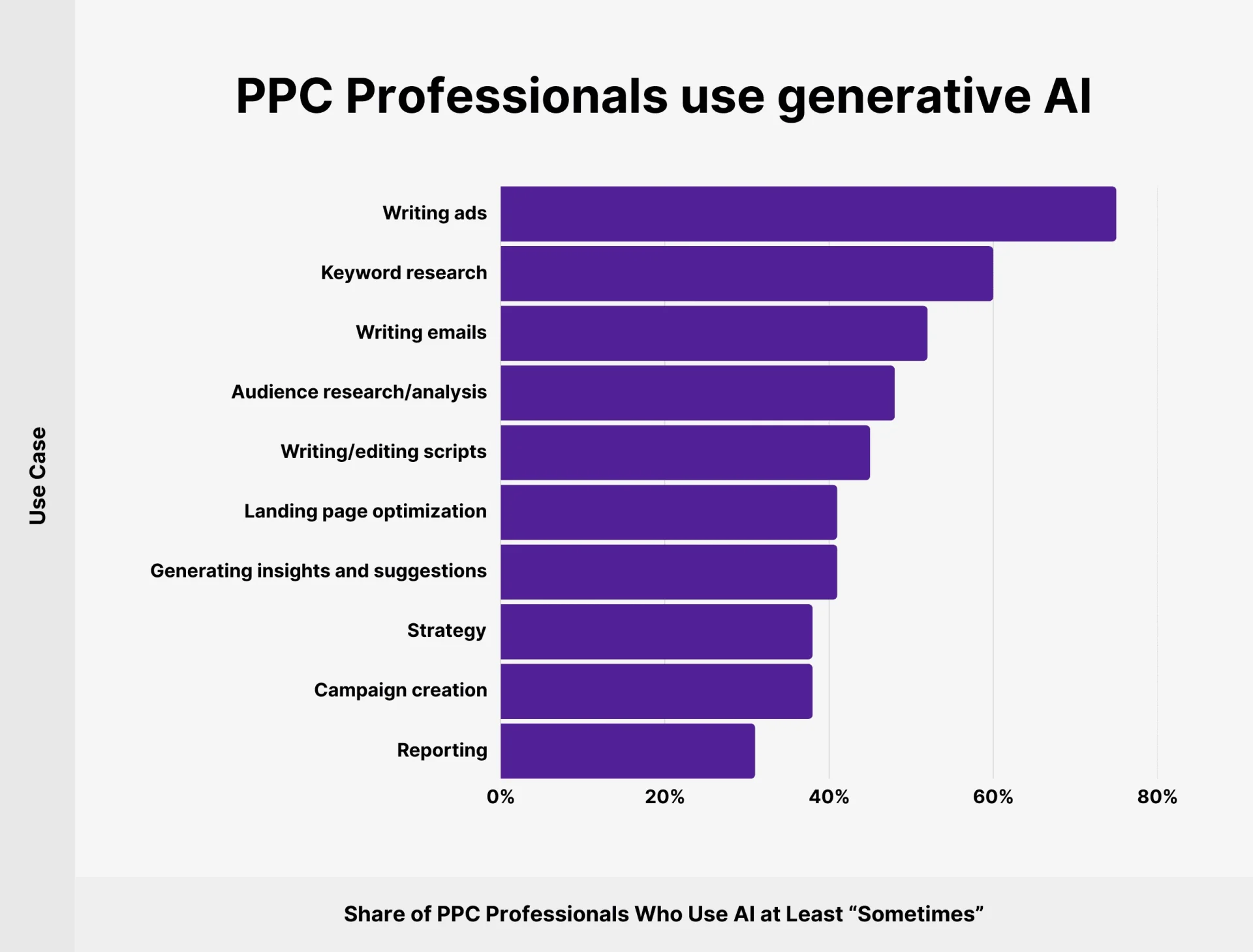
Source: Backlinko
AI is no longer just a buzzword—it’s actively transforming how advertising campaigns are conceived, optimized, and executed. As competition for consumer attention intensifies, leveraging AI in advertising is no longer optional; it’s a necessity for staying ahead. From hyper-personalization to automated bidding, AI empowers marketers to deliver more impactful campaigns at scale while saving time and resources.
- Google Ads has integrated AI-powered features like Performance Max campaigns, utilizing keywordless AI to uncover new converting queries, design intent-matching ads, and optimize bids to connect businesses with the most relevant audiences. Source
- Microsoft Advertising has entered the generative AI space, launching tools like Conversational Ad experiences, Ads for Chat API, and Copilot to enhance the way advertisers interact with their audiences. Source
- Smarter ads powered by AI have shown a measurable impact on ROI, demonstrating the business-critical value of intelligent ad campaigns. Source
- 67% of small businesses are already leveraging AI to enhance their content marketing and SEO strategies, illustrating the widespread adoption of AI in digital marketing. Source
- Over 50% of marketers plan to increase their AI investment in the upcoming year, signaling the growing reliance on AI to drive marketing decisions. Source
- 35% of marketers have turned to AI tools to streamline and elevate their social media strategies, highlighting its growing role in content optimization and automation. Source
- PPC platforms such as Google Ads and Meta Ads are increasingly powered by AI features like automated bidding and smarter ad placement. However, the success of these tools hinges on the quality and accuracy of the input data. Source
- 25% of marketers report using AI to gain deeper insights into their audience, enabling more precise targeting and customized messaging. Source
Key Takeaway: AI Is Transforming Advertising, One Campaign at a Time
AI isn’t just making advertising more efficient—it’s fundamentally altering the way marketers approach creativity and audience engagement. The integration of AI into advertising platforms means marketers can now harness deeper insights, automate repetitive tasks, and design highly personalized, results-driven campaigns. However, while AI capabilities are transformative, their effectiveness depends on strategic human oversight and the quality of input data. Think of AI as a powerful tool—but one that needs expert craftsmanship to deliver exceptional results.
Pro Tip:
Start small and scale up your AI advertising efforts. Test AI-driven features like automated bidding or dynamic creative optimization in controlled campaigns before rolling them out across your entire marketing strategy. This allows you to fine-tune your approach while learning how to maximize your digtial marketing ROI. Always ensure your data is clean, accurate, and up-to-date to fully unlock the potential of AI.
How Blockchain is Revolutionizing Ad Transparency and Fraud Prevention
In an era where digital ad spending continues to grow exponentially, advertisers face increasing challenges with ad fraud and lack of transparency. Bots, fake impressions, and click inflation cost businesses billions annually, making trust in ad performance metrics a critical concern. Enter blockchain technology—a groundbreaking solution that brings unprecedented transparency and security to the advertising ecosystem. By leveraging blockchain, advertisers can verify every transaction, ensuring their efforts are reaching real users, not fraudulent actors.
- Blockchain technology has the potential to redefine ad transactions, offering unparalleled accuracy in combating ad fraud. Source
- With the ability to trace ad impressions and clicks, blockchain allows advertisers to confirm their campaigns are being delivered to genuine users. Source
- The increased accountability provided by blockchain significantly reduces the risks of ad fraud, ensuring brands achieve more value from their ad spend. Source
Key Takeaway: Building Trust in Digital Advertising
Blockchain isn’t just a buzzword—it’s a game-changing tool for tackling one of advertising’s biggest pain points: trust. With fraud prevention and data accuracy at the forefront, blockchain offers a transparent ecosystem where every impression, click, and transaction is verifiable. For advertisers, this means better ROI, stronger campaign performance, and a more accountable relationship with their audiences.
Pro Tip:
Give your campaigns an edge by integrating blockchain-powered ad verification tools. Platforms like MadHive and AdsDax are already paving the way, enabling brands to safeguard their ad budgets and establish greater confidence in their digital marketing efforts. Additionally, for businesses looking to enhance their entire marketing strategy with professional support, exploring options like full-service marketing can help streamline efforts across multiple channels while ensuring transparency and efficiency.
Augmented Reality Is Reshaping Marketing and Advertising Experiences
Augmented Reality (AR) is revolutionizing the marketing and advertising landscape by offering immersive and interactive experiences that captivate consumers. Brands are leveraging AR to create engaging campaigns that blend digital elements with the real world, enhancing customer engagement and driving sales.
- The global Augmented Reality (AR) market is projected to reach USD 591.7 billion by 2033, growing at a compound annual growth rate (CAGR) of 39.5% from 2024 to 2033. Source
- In digital marketing campaigns, 67% of media planners and buyers express interest in incorporating AR/VR ads. Source
- 64% of consumers believe AR can enhance their shopping experience, indicating a significant opportunity for brands to integrate AR into their marketing strategies. Source
- Over 90% of Gen Z consumers are interested in AR shopping experiences, highlighting the importance of AR in targeting younger demographics.Source
Key Takeaway: AR Marketing Is Driving Deeper Brand Interactions
Incorporating AR into your advertising strategy isn’t just a trend—it’s a strategic move to create memorable, high-impact campaigns that resonate. Whether through mobile apps, social media filters, or experiential retail, AR adds a layer of interaction that builds stronger brand affinity and guides users further along the buyer journey.
Pro Tip:
Don’t limit your AI tools to just content generation—use them to analyze audience engagement and refine your strategy. AI platforms like Jasper, Writesonic, and Canva’s AI features can help you create, optimize, and distribute content that resonates with your audience at every touchpoint.
AI-Driven Visual Storytelling: Unlocking New Frontiers for Marketers
As the demand for immersive and engaging content continues to grow, AI-generated visual tools are revolutionizing the way brands connect with audiences. From crafting hyper-realistic videos to producing image-rich narratives at scale, AI has become a creative catalyst for marketers looking to stand out in a sea of digital content. Beyond just saving time, these tools are empowering brands to push the boundaries of what’s possible in visual storytelling.
- Recent advancements in AI have made it possible to generate stunning still images from scratch. Source
- AI video production is turning skeptics into believers, with tools like OpenAI’s SORA setting new standards for photorealistic and adaptable video generation. Source
- AI tools are now capable of materializing cinematic dreams in seconds, offering unprecedented creative possibilities. Source
Key Takeaway: Human Creativity Meets AI Efficiency
AI isn’t here to replace creativity—it’s here to amplify it. While these tools can fast-track production and expand creative horizons, the most successful campaigns balance technological innovation with the personal touch of human insight. A visually stunning piece of content will only succeed if it resonates emotionally with its audience, so strategic storytelling must remain at the core.
Pro Tip:
Start by incorporating AR elements into social media platforms and mobile applications to provide interactive product demonstrations or virtual try-ons. Collaborate with AR development teams to create tailored experiences that align with your brand message and resonate with your target audience.
Influencer Marketing and the Rise of Micro-Influencers
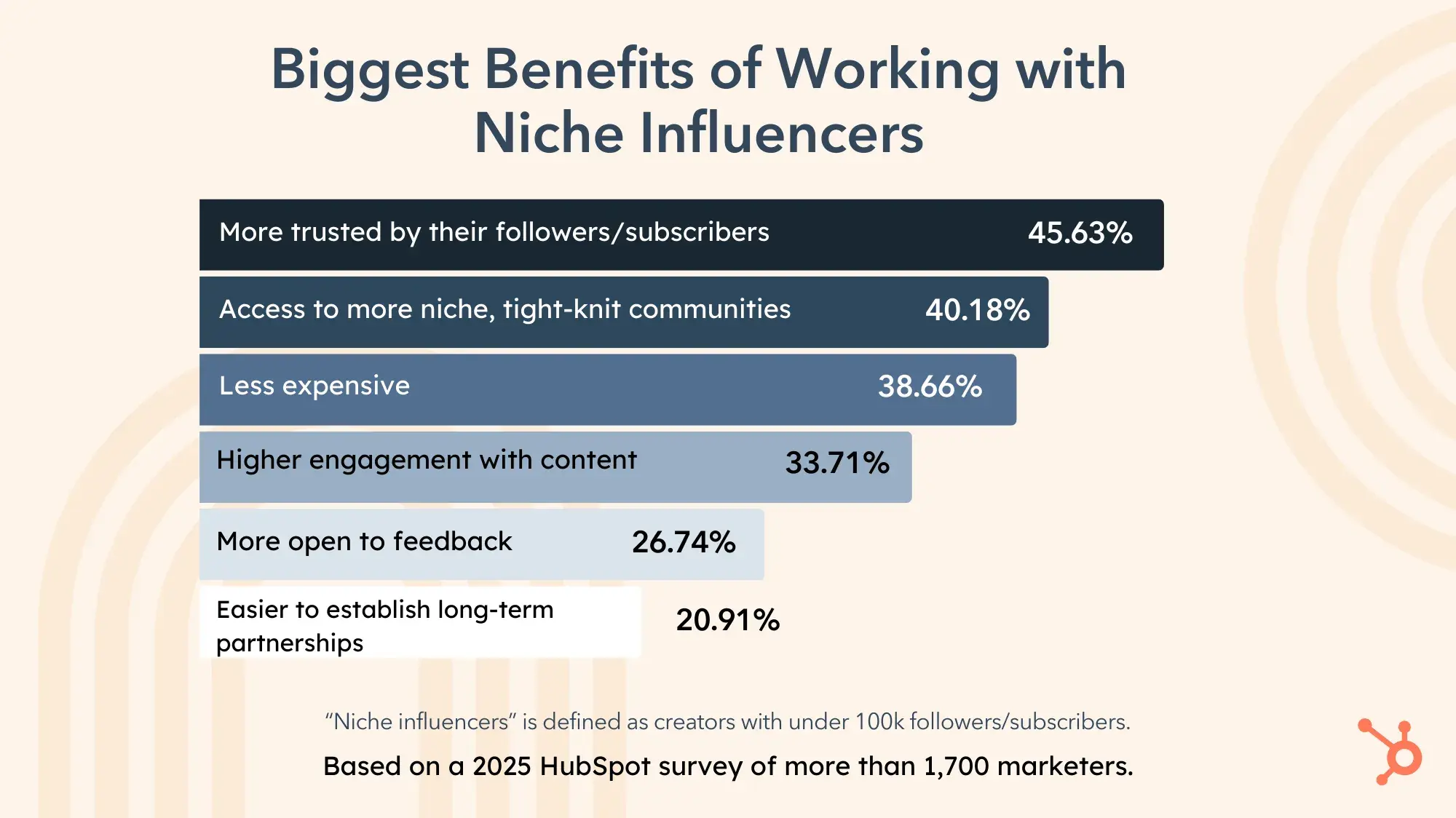
Source: HubSpot
Influencer marketing has become a cornerstone of modern advertising strategies, enabling brands to authentically connect with their target audiences through trusted personalities. In recent years, there’s been a significant shift towards partnering with micro-influencers—individuals with smaller but highly engaged followings. This trend is reshaping how marketers approach endorsements and audience engagement.
- Micro-influencers deliver up to 60% higher engagement rates than macro-influencers, making them a highly cost-effective marketing asset. Source
- 89% of marketers say influencer marketing provides ROI equal to or greater than other digital channels. Source
- Marketers are shifting more budget toward influencer campaigns, with a strong focus on micro-influencers and their highly engaged audiences. Source
- Authenticity and niche audience alignment are driving the surge in micro-influencer collaborations. Source
Key Takeaway: Leveraging Micro-Influencers for Authentic Engagement
Collaborating with micro-influencers allows brands to tap into highly engaged, niche communities, fostering trust and authenticity. These partnerships, especially when supported by strong social media management services, often result in higher engagement rates and more meaningful connections with potential customers.
Pro Tip:
When selecting micro-influencers, prioritize individuals whose values and audience demographics align closely with your brand. This ensures that the partnership feels genuine and resonates with the influencer’s followers, leading to more effective and credible promotions.
The Rise of Short-Form Video Content in Marketing
In an era where consumer attention spans are dwindling, short-form video content has emerged as a powerful tool for marketers aiming to capture and retain audience interest. Platforms like TikTok, Instagram Reels, and YouTube Shorts have popularized brief, engaging videos, leading brands to adapt their strategies to meet this growing demand.
- Short-form videos generate more than 2x the engagement of longer-form content, making them a dominant force in digital marketing. Source
- Around 66% of all video ads are now under 30 seconds, signaling a major shift toward snappy, impactful storytelling. Source
- By 2025, video content is expected to account for 82% of all global internet traffic, cementing its role in digital strategy. Source
- 57% of Gen Z and 73% of consumers use short-form videos for product research before making a purchase decision. Source
Key Takeaway: Embracing Concise Storytelling for Maximum Impact
Short-form videos offer brands an opportunity to deliver impactful messages quickly, catering to the modern consumer’s preference for brief, engaging content. Integrating these videos into marketing strategies—and aligning them with your broader B2B website strategy—can enhance brand visibility, foster engagement, and drive conversions across multiple touchpoints.
Pro Tip:
Focus on creating authentic and relatable short-form videos that resonate with your target audience. Utilize platform-specific features and trends to increase reach and engagement. Additionally, incorporate clear calls-to-action to guide viewers towards desired outcomes, such as visiting a website or making a purchase.
Data Privacy and Ethical Marketing Practices Are Becoming Paramount

Source: Smallbizclub
In an era where data breaches and privacy concerns are at the forefront of consumers’ minds, businesses are recognizing the critical importance of ethical marketing practices and robust data privacy measures. Building trust through transparent and responsible data handling is no longer optional but a necessity for brand integrity and customer loyalty.
- 72% of consumers are more likely to trust brands that are honest about how they use personal data. Source
- 68% of marketers have adjusted their strategies to align with stricter data privacy regulations and consumer expectations.Source
- Companies implementing transparent data practices have seen a 23% increase in customer retention rates. Source
- Over 50% of organizations are investing in advanced security measures to protect consumer data and ensure compliance with global privacy laws. Source
Key Takeaway: Prioritizing Transparency and Security in Marketing
Emphasizing ethical data practices and prioritizing consumer privacy not only ensures compliance with regulations but also fosters trust and strengthens brand reputation. Transparent communication about data usage and robust security measures can differentiate a brand in a competitive market.
Pro Tip:
Regularly audit your data collection and storage practices to ensure they meet current privacy standards. Clearly communicate your data policies to consumers, and provide them with control over their personal information. Investing in privacy-focused technologies and training for your team can further solidify your commitment to ethical marketing
Conclusion
From AI-driven personalization and immersive AR experiences to the rise of micro-influencers, short-form video dominance, and the growing emphasis on data privacy, today’s marketing and advertising landscape is more dynamic—and demanding—than ever. To stay relevant and competitive, brands must not only adopt these innovations but do so with clarity, purpose, and ethical responsibility. Whether you’re refining your B2B website strategy, exploring influencer partnerships, or rethinking your data governance practices, success lies in your ability to balance creativity with analytics, innovation with trust, and speed with strategy. The most impactful marketing in 2025 and beyond will be data-informed, audience-driven, and rooted in authenticity.
Ready to boost your traffic and grow your website? Your customers are looking for you, and our SEO services can help you be found across search engines. Let us help you future-proof your strategies and achieve measurable growth.
Note: This feature blog’s image are sourced from Freepik.

